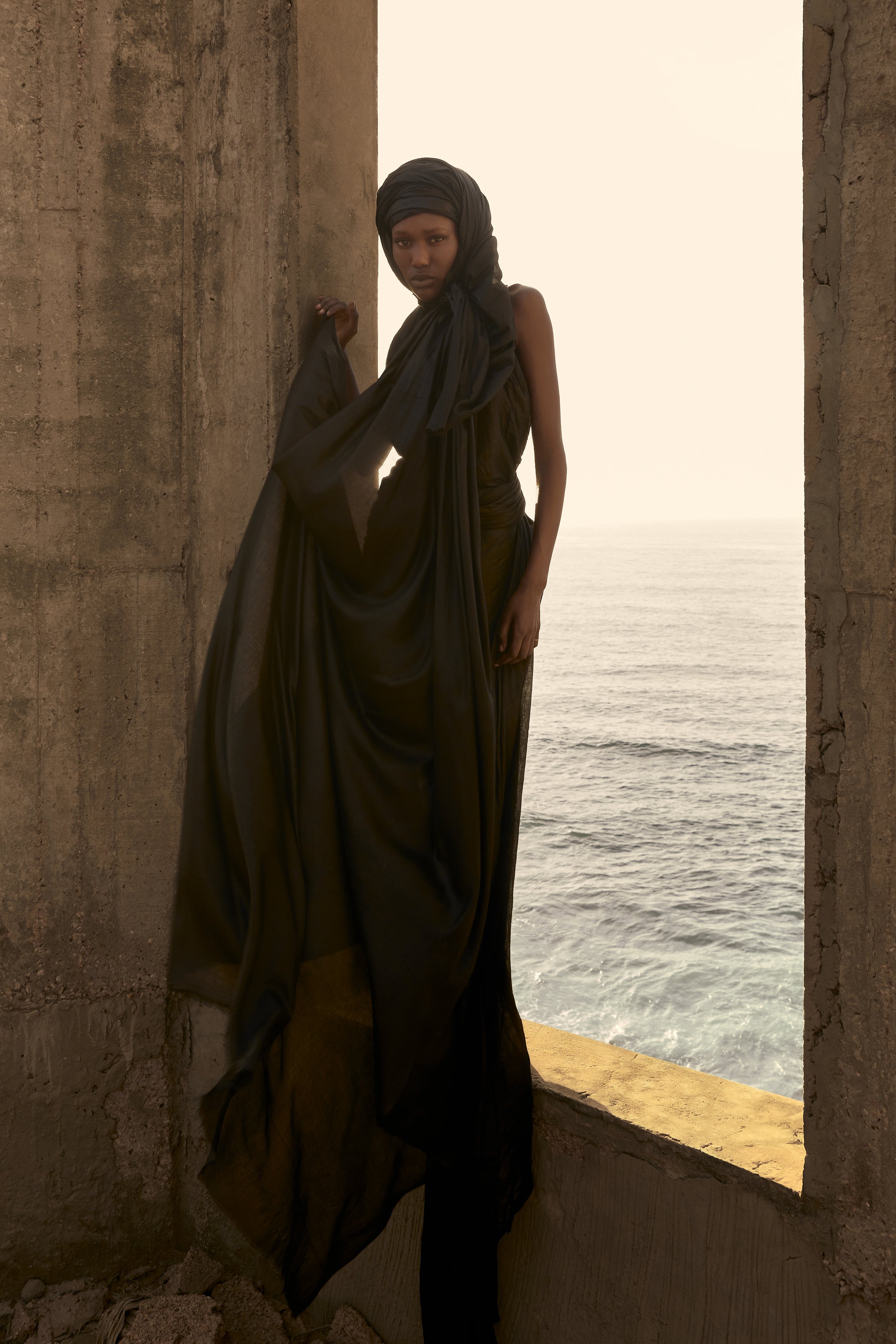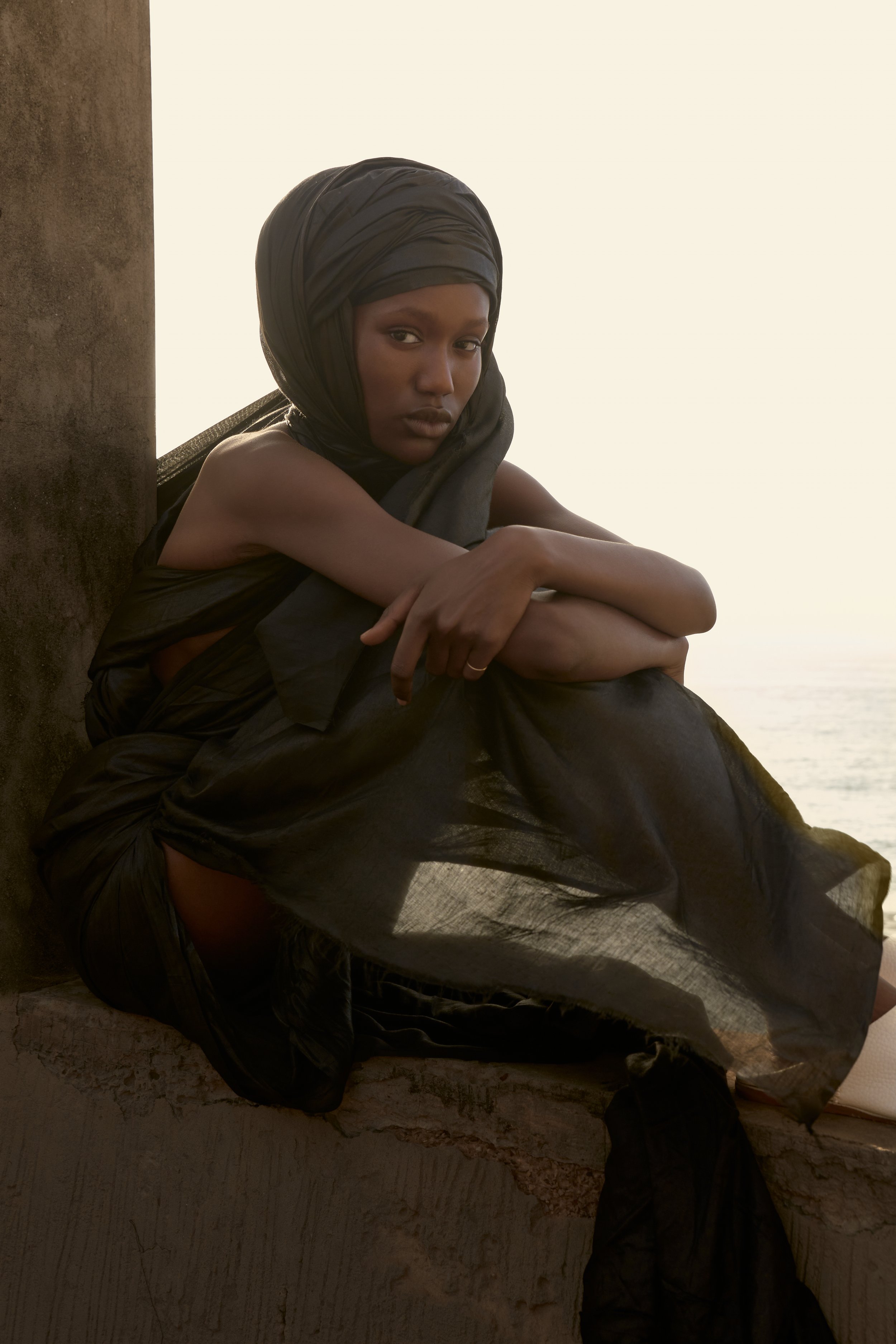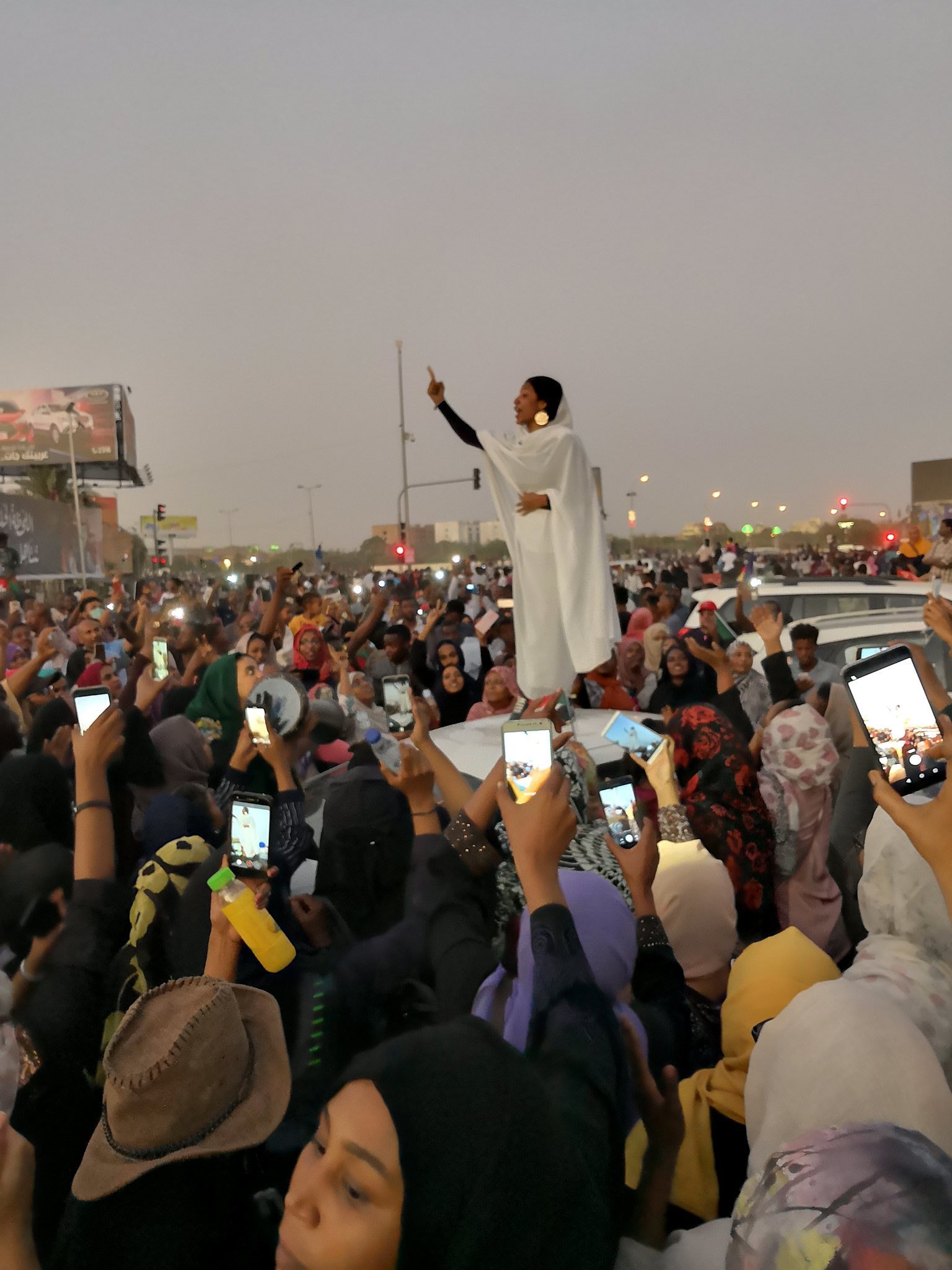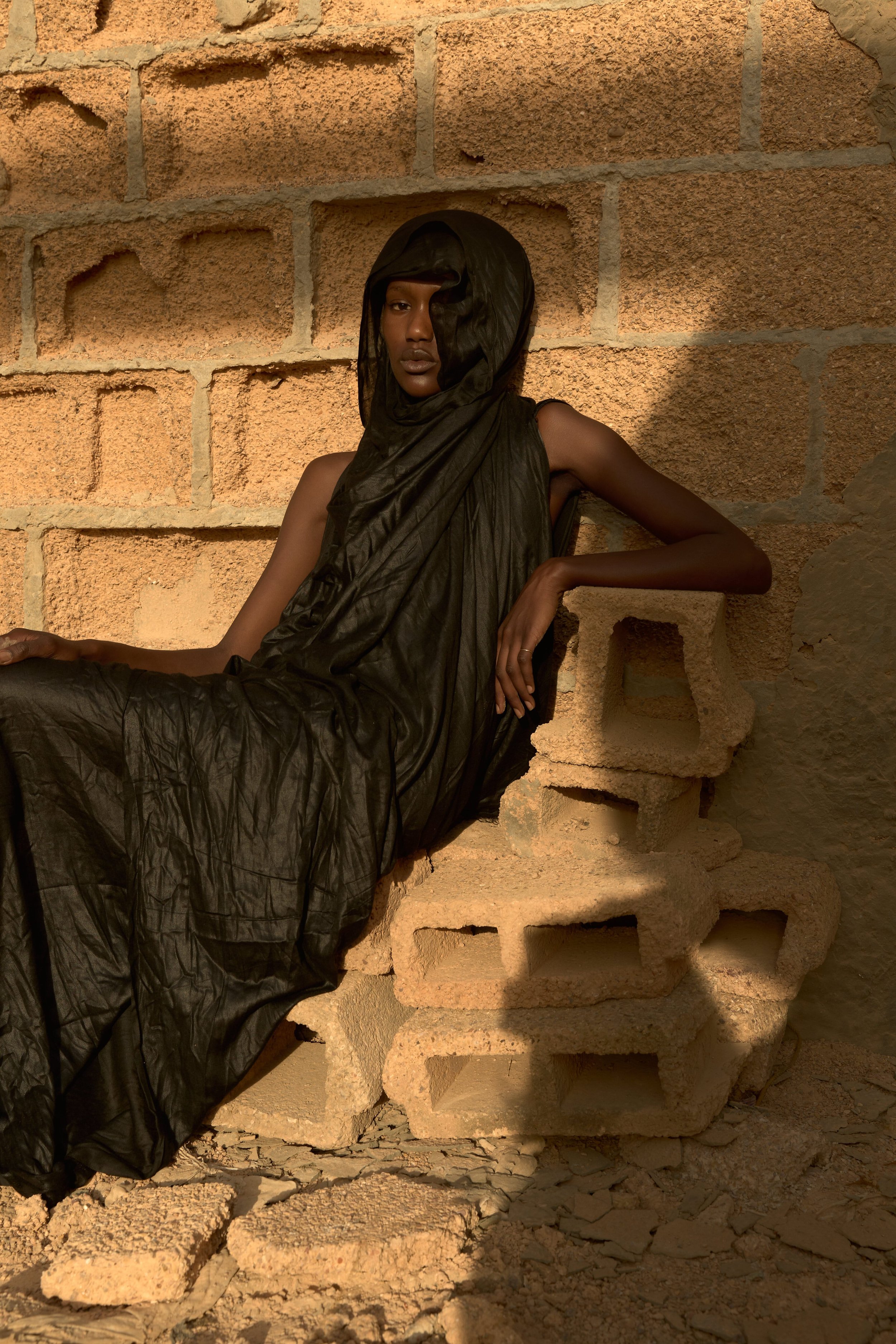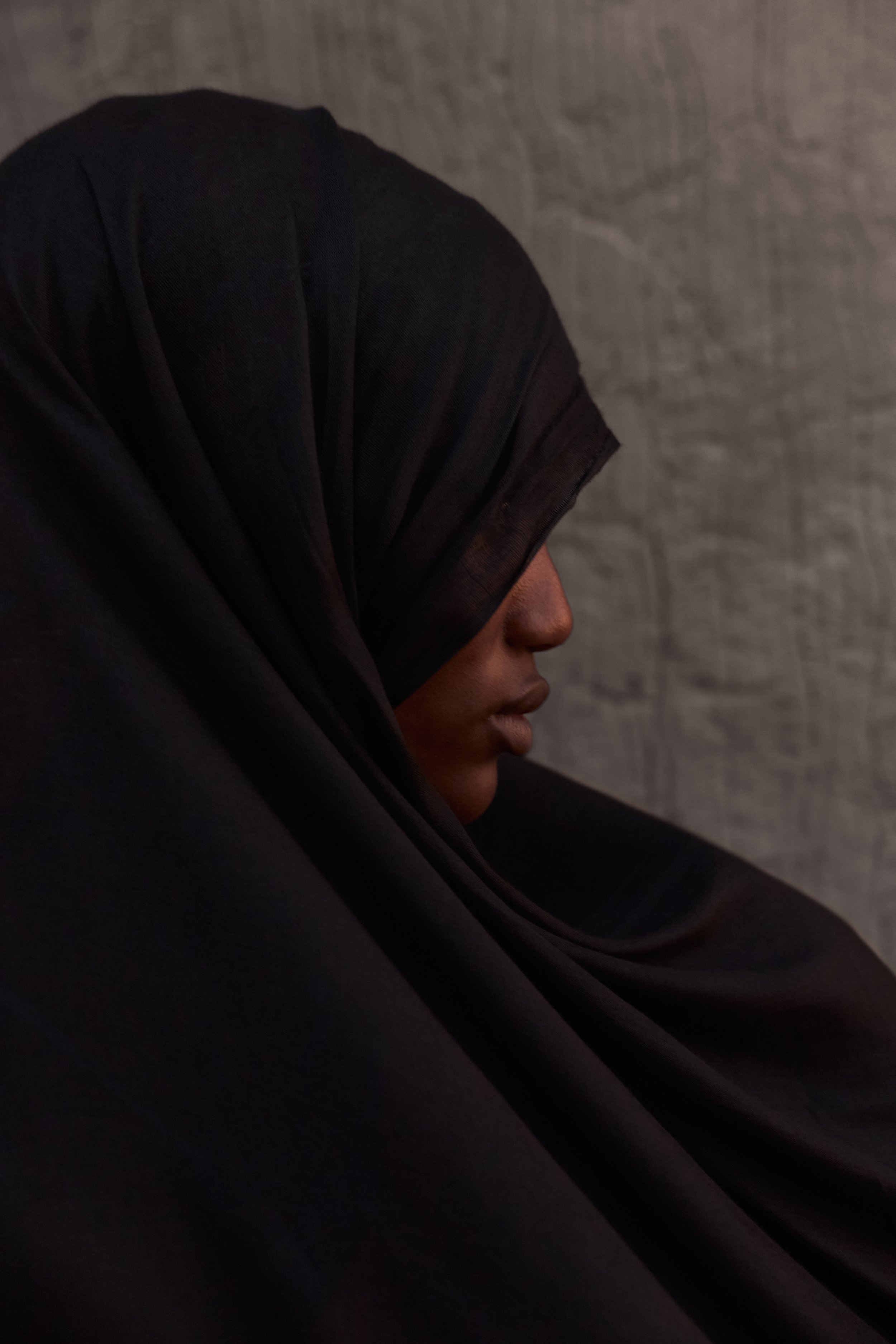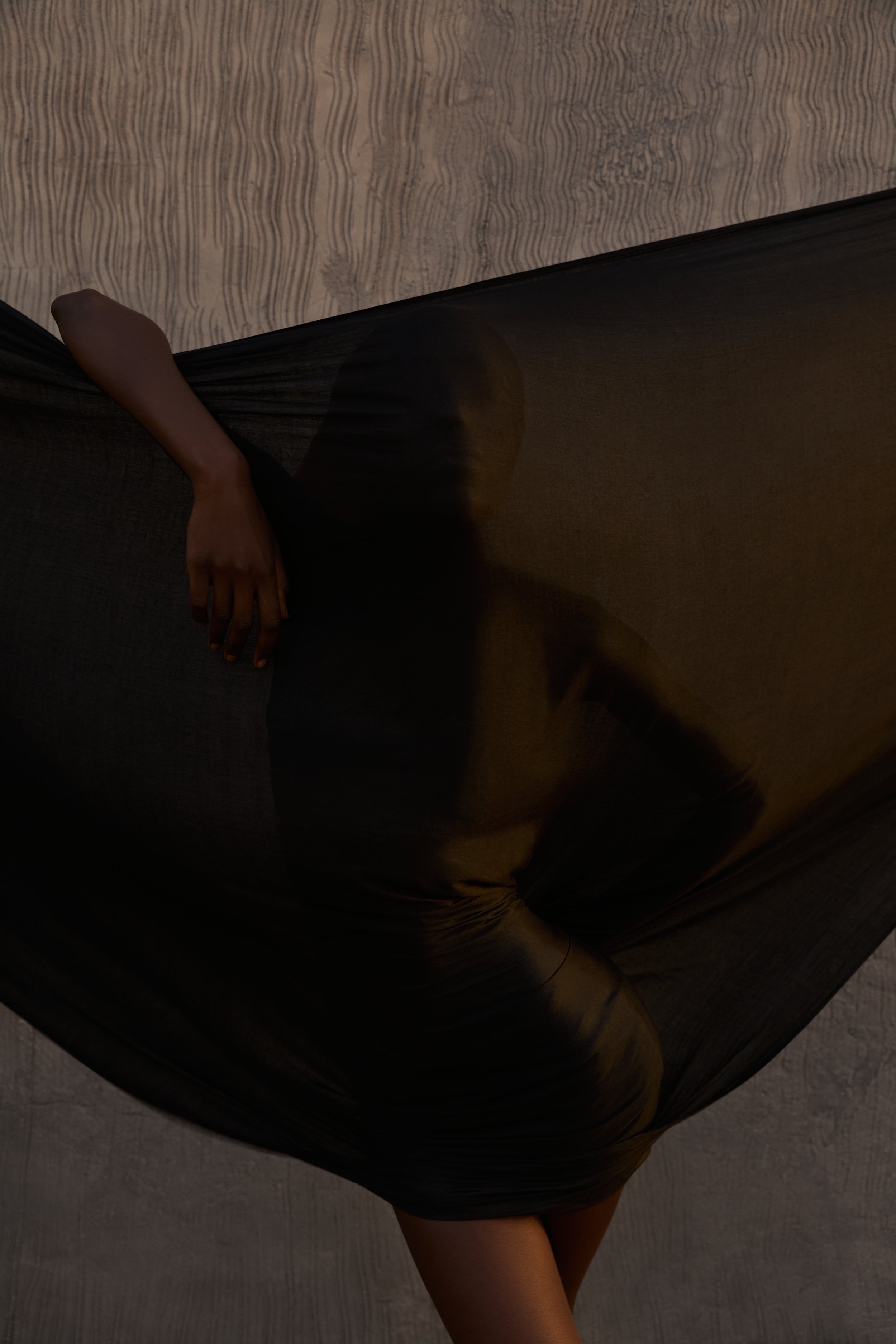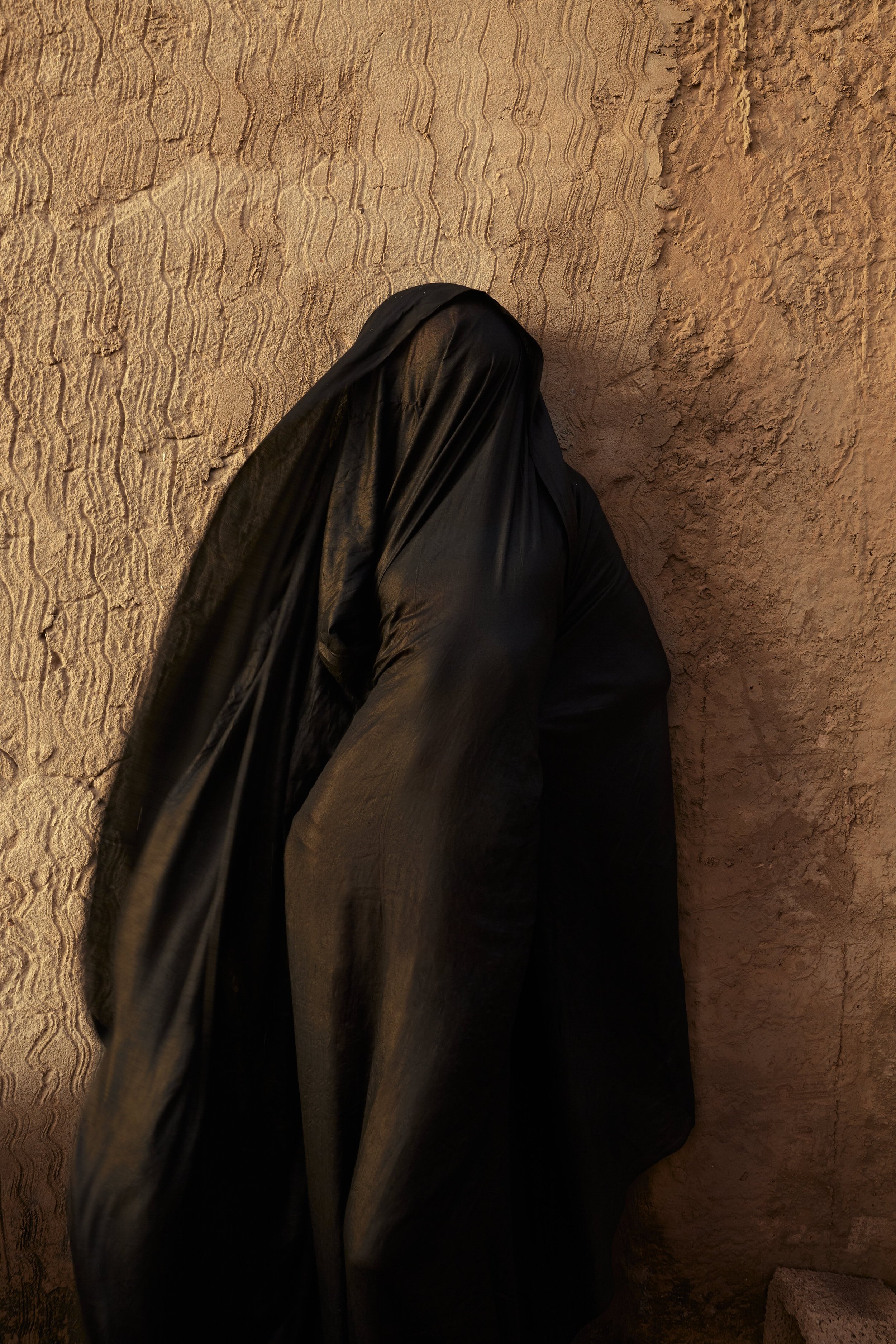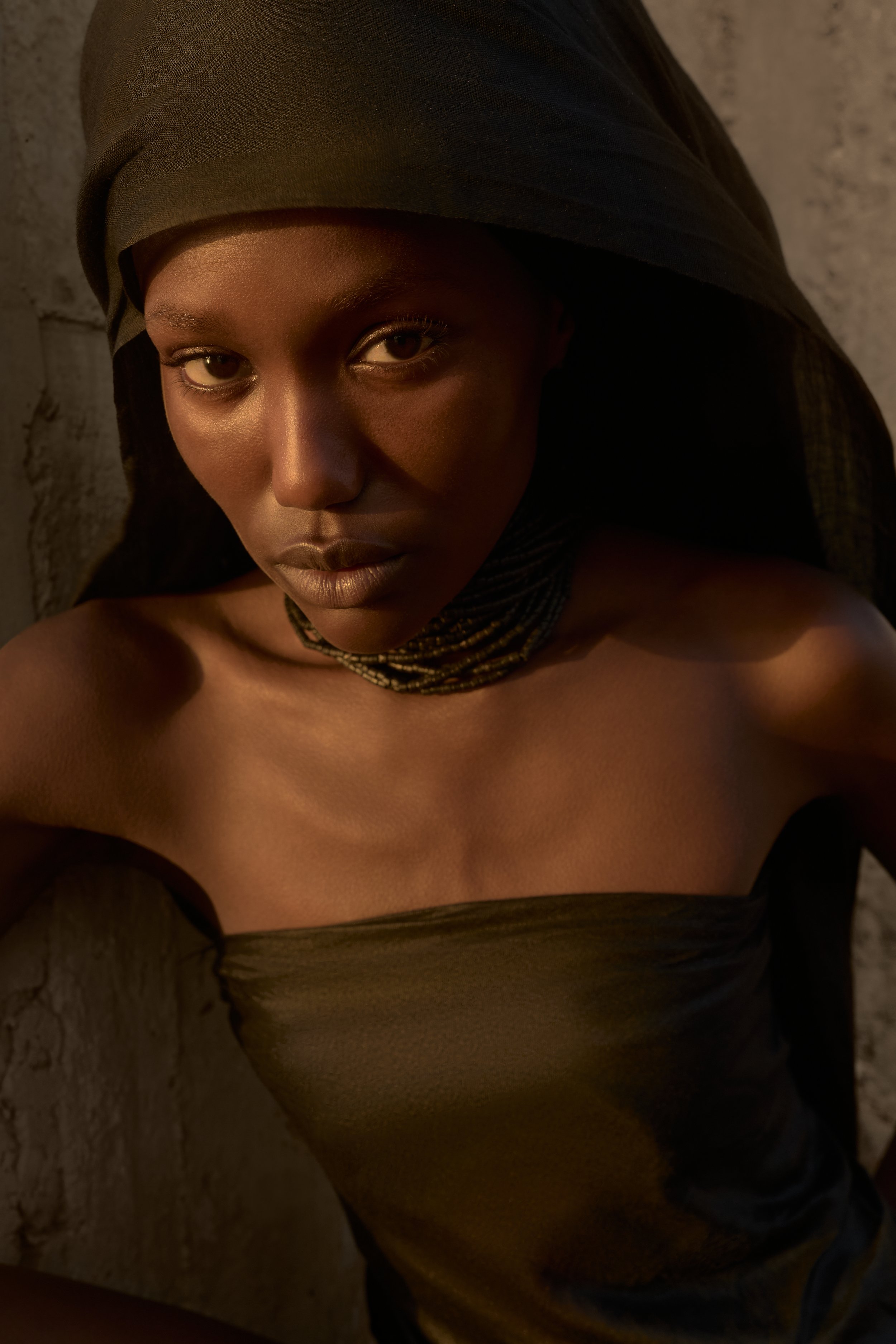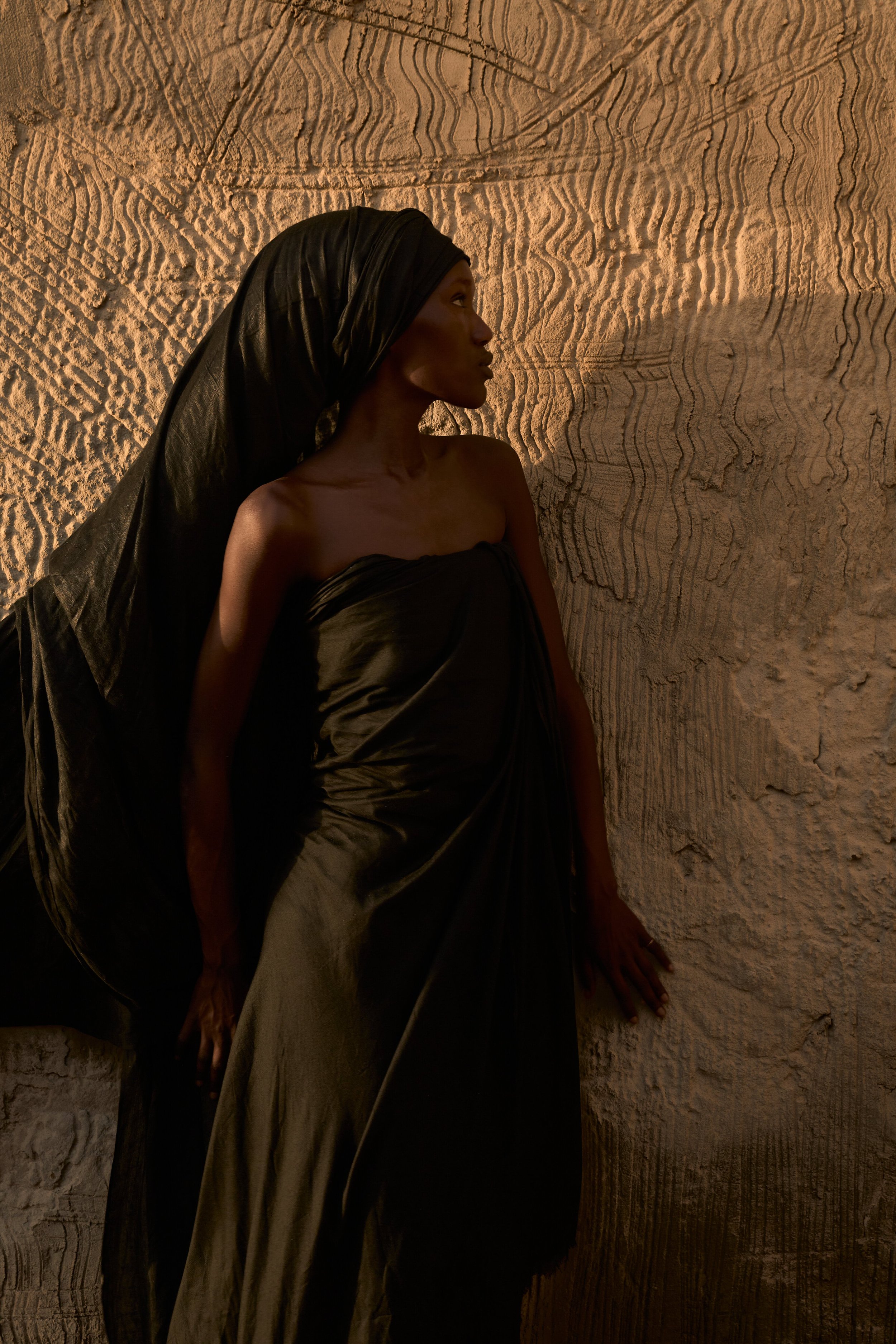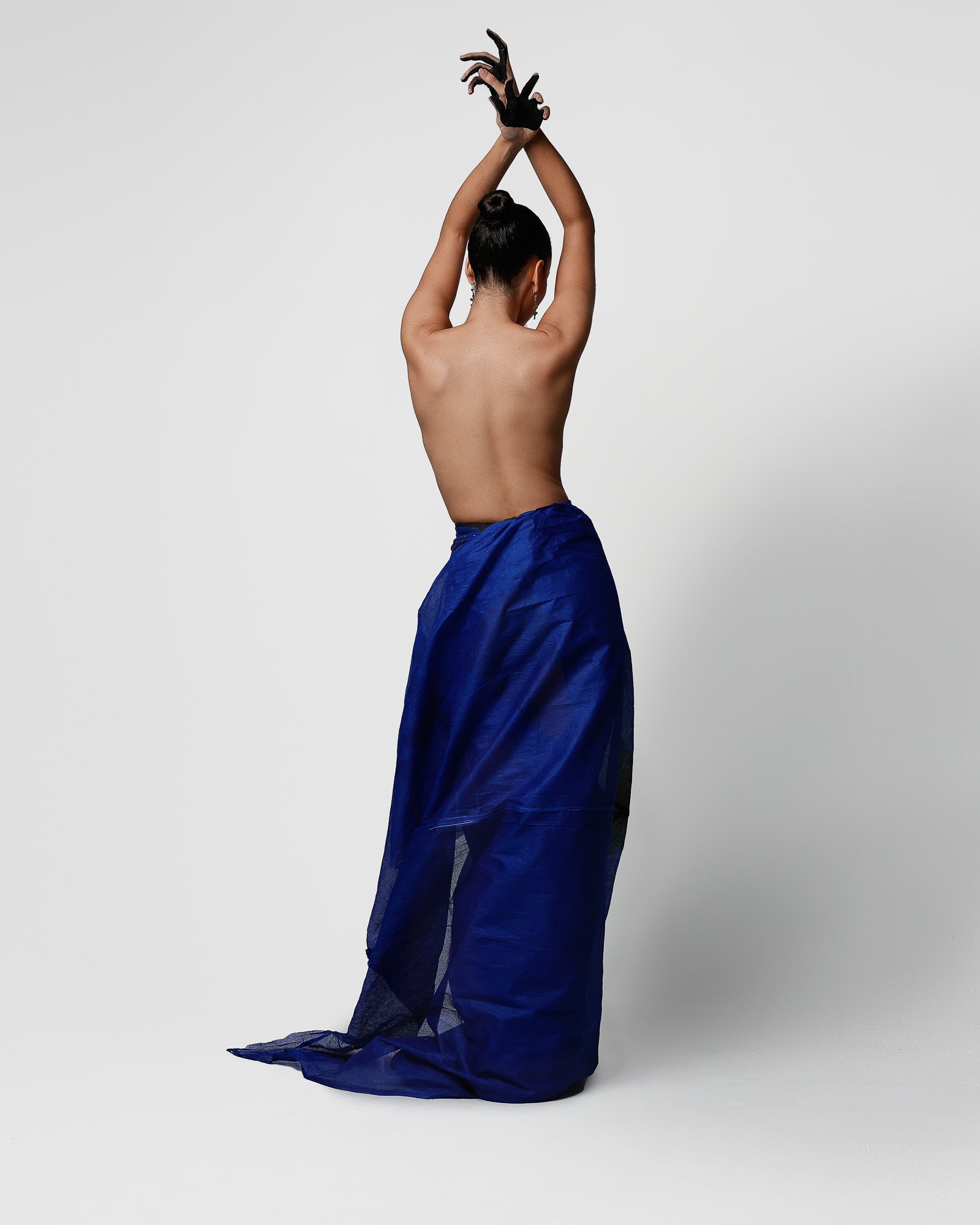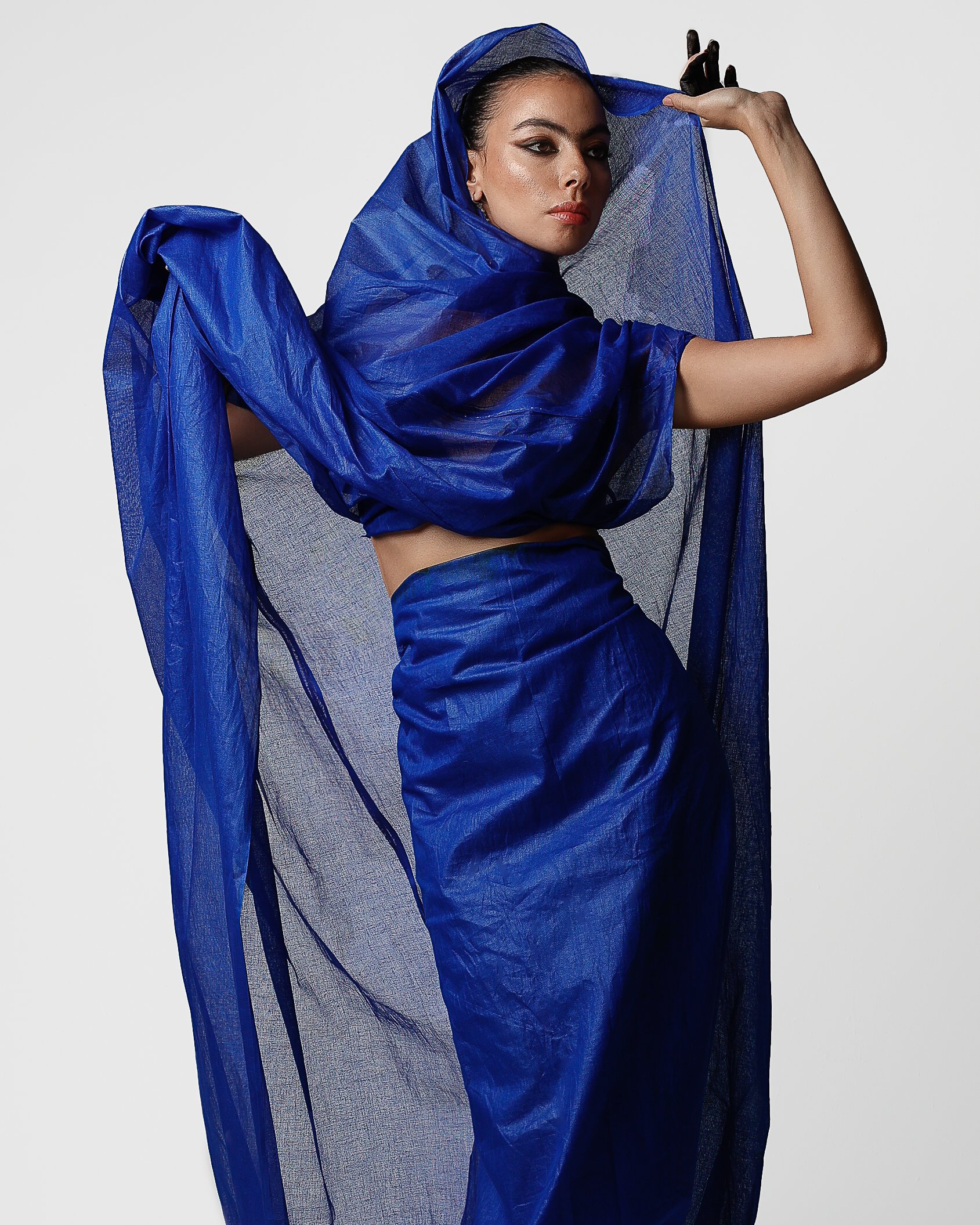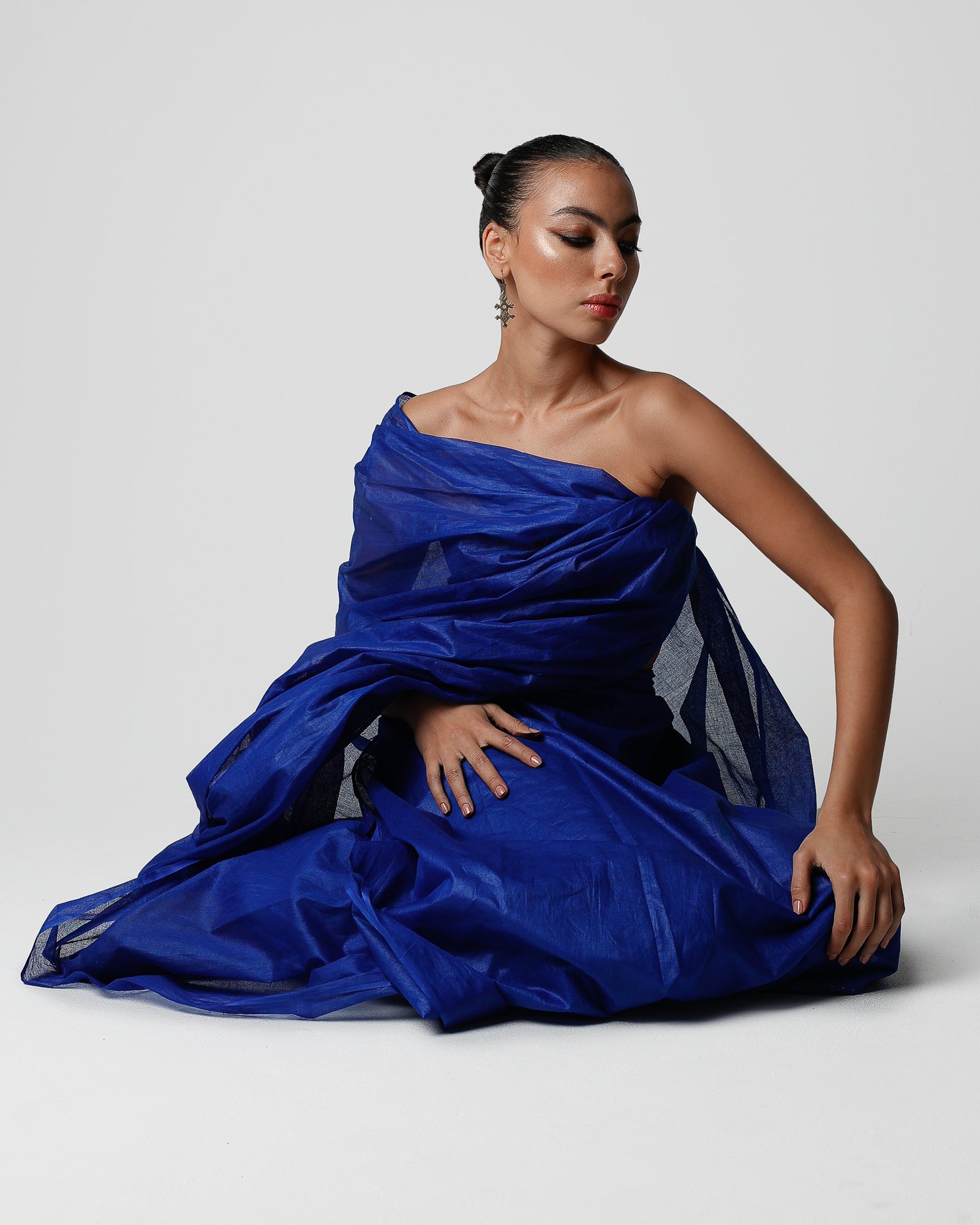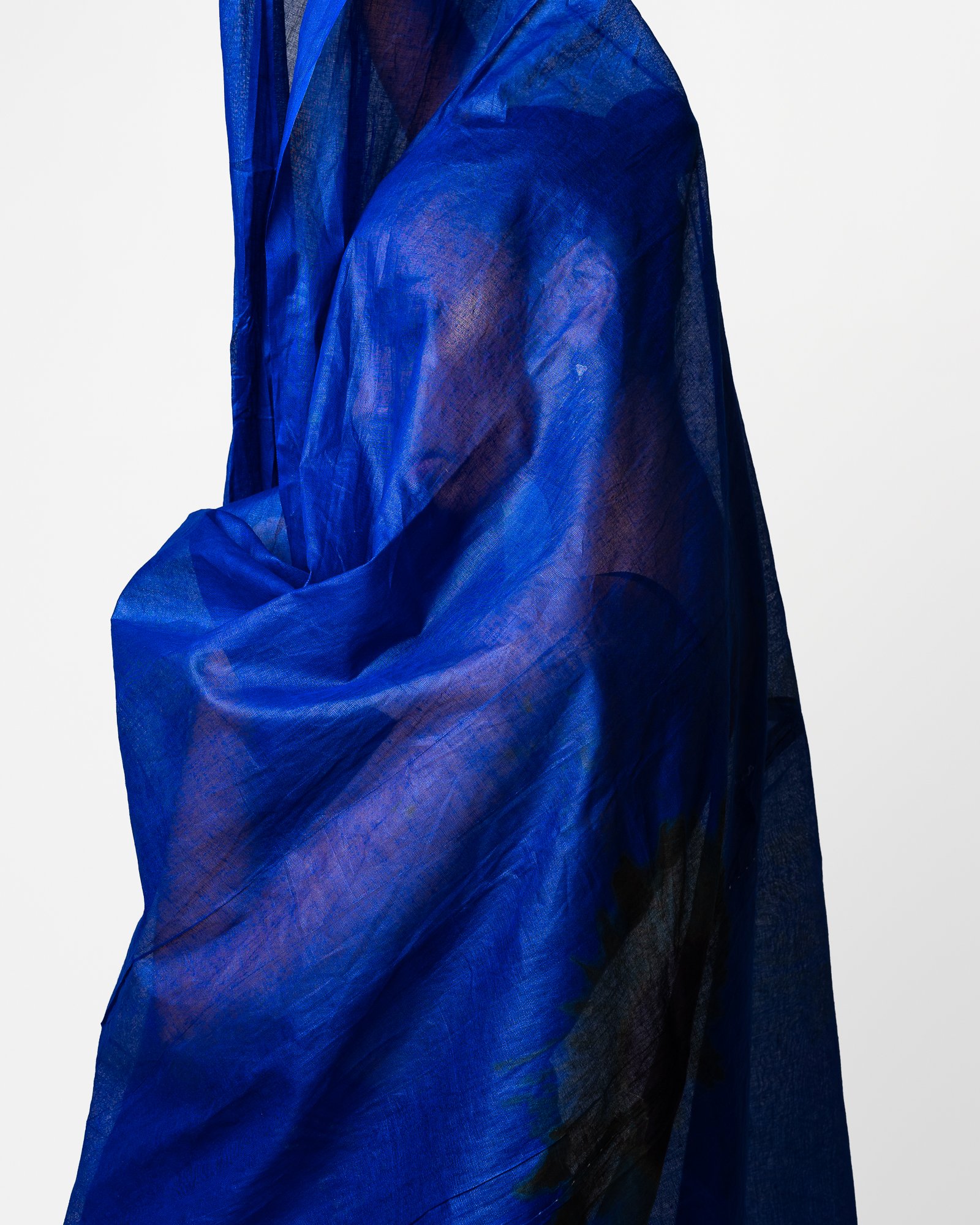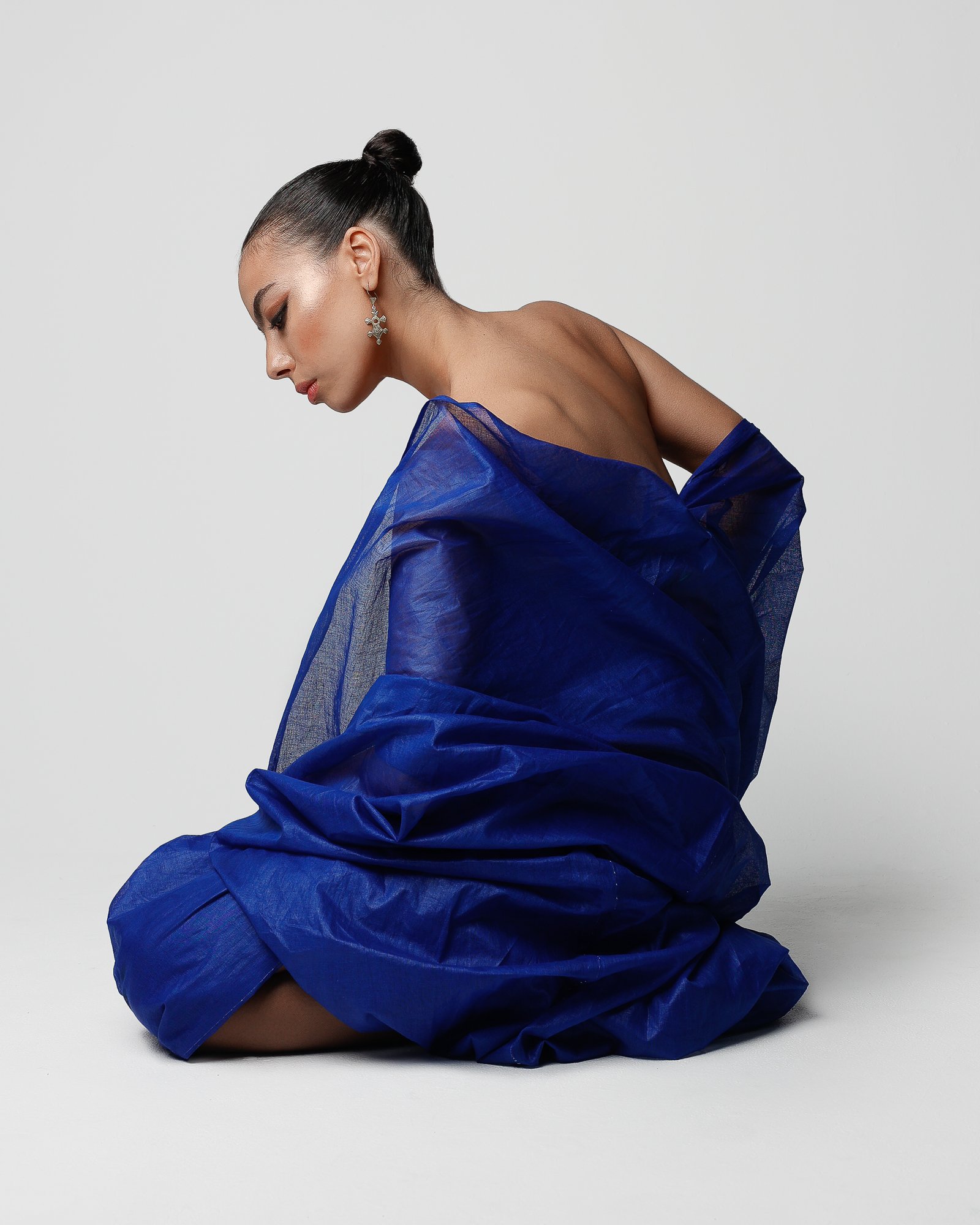FAD: The Creative Platform Where Authenticity Meets Longevity
"I really embrace my diverse heritage. My father is Senegalese, and my mother is from Niger. As for me, I was born in Dakar and raised between Montreal and New York City," says Fatou Alhya Diagne. This introduction from the young cultural and fashion entrepreneur reflects her pride in being part of the 350 million people in the African diaspora – one of the biggest diasporas in the world after China and India. But not just that. In 2020, she created FAD, a platform named after her initials, and the three pillars her initiative focuses on: Fashion, Art, and Development. FAD reflects its founder's personal and professional identities as it aims to bridge the gap between tradition and modernity. But thinking of FAD as just a brand would be a mistake.
This one-of-a-kind initiative centres on creativity and culture through an ecosystem, strongly emphasising a digital approach, to put African artisans and creatives on the global stage. Fatou believes that to achieve this, FAD must continuously educate itself on the culture and history of the continent – something she’s been doing herself throughout her education in international development studies and international arts management, and throughout her extensive travels in Africa. These formative experiences not only inform her vision of the world and the fashion and arts industries, but enable her to see Africa's untapped development potential.
Model Fatou Diawara shot by Quentin MKA, MULFE SERIES PART I
On creating authenticity and longevity
"As we know, Africa has a very strong potential for sustainable manufacturing. However, we need to identify artisans' skills and products rather than impose the Western demand on African markets" Fatou argues. It is an atypical approach embodied perfectly by FAD’s recent Mulfe Series - a project that "aims to showcase the cultural significance of the Melhfa, a long rectangular cotton cloth, which is commonly worn in many African countries, particularly across the Sahel. This fashionable garment comes in a variety of colors and serves as protection against sand, heat, and sun while also embodying elegance, grace, power, and resistance due to its rich historical implications."
During the 2019 Sudanese revolution, a powerful image of student Alaa Salah went viral. She was on top of a car, giving a speech to a crowd of protestors wearing a white thoub – another name for the melhfa. The young woman knew the garment held strong symbolism, explains Vanessa Friedman in the New York Times. "The choice of a white thoub, a garment no longer popular among young Sudanese (who associate it with an older generation), reflected a connection to mothers and grandmothers "who dressed like this while they marched the streets demonstrating against previous military dictatorships", she writes.
It is one of the many stories behind the Melhfa* that Fatou uncovers, as she gives more insights into the fabric’s origins with excitement throughout our conversation, "The Melhfa is actually a sari that originally came from modern-day India and Pakistan that has been then spread to different African countries". Exploring the rich history of the fabric with her team brought them to Niamey, Niger, where they spoke to artisan tailors and merchants about where it came from and how they see their craft evolving. After observing the rising trend of brands incorporating African cultural references (such as the Ghana Must Go bag in Celine and Louis Vuitton collections) and taking inspiration from Africa's heritage without context, FAD wanted to consciously do the opposite.
“Africa has a very strong potential for sustainable manufacturing. However, we need to identify artisans’ skills and products rather than impose the Western demand on African markets”
The Mulfe Series is not just another promotional campaign but rather the showcasing of a form of dress with a story behind it. On the website, pictures portray how Fatou and her diasporic collaborators turned this traditional piece of clothing into a thoroughly modern one. Meanwhile, the accompanying story of the Mulfe Series demonstrates a soundly researched cultural context. Echoing the words of cultural entrepreneur and Alara concept store founder Reni Folawiyo at the “Africa’s influence” talk which opened the Africa Fashion exhibition at the Brooklyn museum in New York, Fatou Alhya Diagne wanted to create a platform where "authenticity meets longevity." And for this to happen, first, there needs to be more context. That’s precisely what she and her team have achieved with the Mulfe Series: providing context to foster longevity within the African fashion sector.
Diagne created the NOT A FAD initiative to address this lack of context, which the Mulfe series is part of, along with 2 other unique projects: ⴼ·ⴹ and Kunta by Izoh. “Fad in the modern dictionary means vogue, trend or craze. Well, NOT A FAD is not a fad. It’s craftsmanship, heritage and culture. And, it’s here to stay.” she explains. The Mulfe series is NOT A FAD’s debut project and a testament to FAD’s core belief of taking traditional forms of craftsmanship and using them to fuel contemporary designs and ideas. Building on the Melhfa's travelling story, Fatou not only spotlights a garment that recalls her roots, but she also gives the relationship between the African continent and the rest of the world a new meaning by proving "that African culture really has always been globally connected."
A multipurpose platform
Because of its perspective, FAD is perhaps an unlikely platform to follow in the footsteps of The Folklore Group when it comes to innovation and building ecosystems. Founded by American entrepreneur Amira Rasool, the wholesale and e-commerce platform helping retailers find Black, Latin American, and Asian-owned brands, initially launched as a B2C venture aimed at connecting high fashion and emerging designers from Africa and the diaspora with customers, before pivoting to a B2B model that will better benefit brands and designers from lesser-known markets.
Although FAD's pieces will be available for purchase, the initiative doesn't identify as a fashion brand or e-commerce platform, but rather as a platform that, like The Folklore Group, is an enabler, a connector, and above all, a source of information. As Fatou explains, "Finding information about these different traditional practices is a challenge. And we want first to counter that challenge. We want to inform our community about these products, their use, and the artisans behind them before offering [the customers] the possibility of buying them."
“It aims to connect more, whether it’s Western or African brands, with artisans and products [...] It’s about creating products, stories, and visuals with a 360-degree approach”
Lack of information is a common thread for entrepreneurs wanting to highlight Africa. Even so, with the continent’s talents and crafts gaining recognition, global institutions are joining the conversation. In 2023, UNESCO published a report spotlighting the opportunities of the fashion sector in Africa from a cultural, social, economic and industry point of view. No wonder FAD or e-commerce platforms like Ananse, are also trying to bridge this knowledge gap. Last year, the latter also published a white paper aiming at understanding and defining the African fashion sector and the profile of the African fashion entrepreneur in order to “support public and private sector actors to build solutions that help small and micro fashion enterprises in Africa to scale”.
Being a “solution builder” is precisely what FAD is all about. Fatou Alhya Diagne says, "It aims to connect more, whether it’s Western or African brands, with artisans and products [...] It's about creating products, stories, and visuals with a 360-degree approach that will allow us to step into the sector and offer help to emerging or established brands in different areas." There is genuine care to put Africa and its savoir-faire at the forefront in a more sustainable way.
Credits
MULFE SERIES PART I
Photography - Quentin MKA
Model & Stylist - Fatou Diawara
Image Director - Dior Sow
Creative Director - Fatou Alhya Diagne
Location: Dakar, Senegal
MULFE SERIES PART II
Photography - Rin Eadie
Lights - Bianca Boswell
Model - Ghita Zemzami
Hair Stylist - Christa Bishariza
Makeup artist - Vasiliki Venetsanopoulos
Creative Director - Fatou Alhya Diagne
Location: Montreal, Canada
* The Melhfa was introduced to Africa through both land and oceanic trade routes from ancient Asian civilizations, now recognized as modern-day India and Pakistan. Furthermore, significant trade and commerce involving this commodity persist from these countries today.
Source: https://www.ascleiden.nl/news/common-threads-fabrics-made-india-africa


